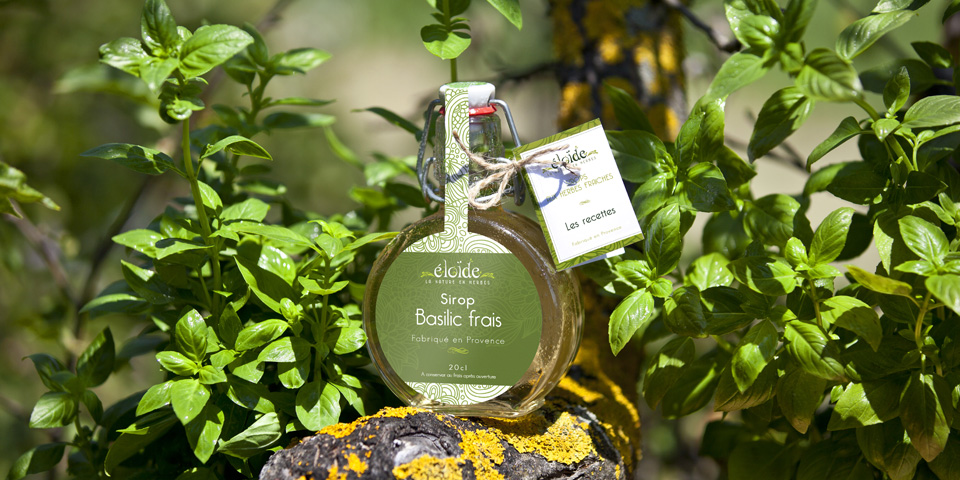The Basil:
Capricious basil…it was necessary to seed it every year. It was absorbing heat and humidity, but was not comfortable with too much sun either. From the first colds, it would dry and die, leaving some brown, twisted branches, as if its last days had made it suffer terribly.
My grandmother took great pleasure in picking some small, newly developed leaves, and to dispose them on the freshly sliced tomatoes from her garden, nicely disposed on the big, oval plate which she had inherited from her own mother. It was a little bruised, but was of great, emotional value to her. She alternated the slices of tomatoes with a few slices mozzarella cheese. It was not any mozzarella, but a mozzarella which had been hand-carried by a neighbour having made his annual visit to his family in Italy. There was never enough mozzarella in this salad as we desired – but just enough to make our taste-buds scream!! The small leaves of basil fit wonderfully to this dish, together with the fresh olive oil which had been produced by my uncle.
Don’t ask me why I turned these leaves in to syrup…my children are crazy about it! They don’t eat a slice of melon anymore, without adding a few many drops of this syrup.
Virtues which are lent him:
It is naturally rather rich on vitamin C, useful in case of tiredness, and of vitamin A which protects ageing thanks to its antioxidizing virtues. It also brings essential mineral salts for the organism for the development of bone tissue like calcium and the phosphor. Antiseptic virtues of the basil were shown by Icelandic researchers. Its wealth in camphor confers virtues on it against the cold since it clears respiratory tract. An infusion of basil is recommended to relieve eyes during a temporary tiredness. In poultice, it relieves itching. A pot of basil put on the ledge of the window keeps away flies and mosquitoes.
The plant:
There are there at least 8 varieties of which one is called the basil of Marseilles!! It is that one that my grandmother was cultivating in her garden, keeping some seeds from year to year not to lose this « exceptional » variety! The basil is originally from southern Asia and central Africa. It came to southern Europe in the 11th century and to England in the 14th century. The basil is an annual plant. Its culture requires a hot and sunny, Mediterranean or tropical climate. It can also be grown in tempered countries, is in pots or jardinières, or on full earth for some precautions when the temperature goes down underneath 10 °C. The basil prefers a cool soil and, a sheltered exhibition well drained and five hours of daily hours of sunshine.



